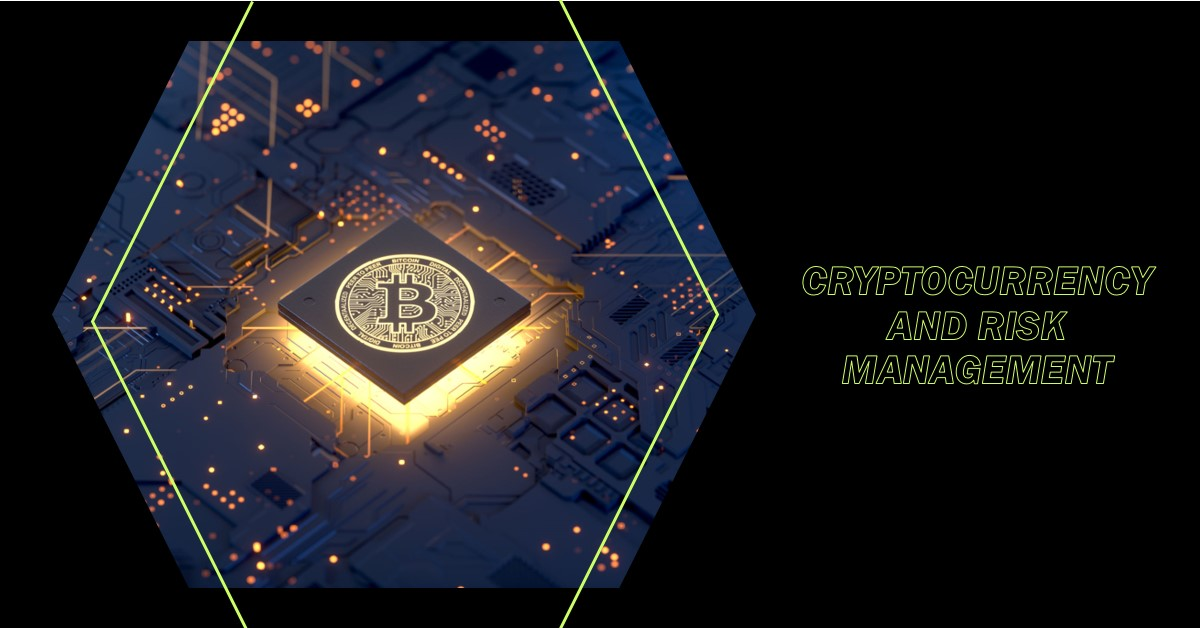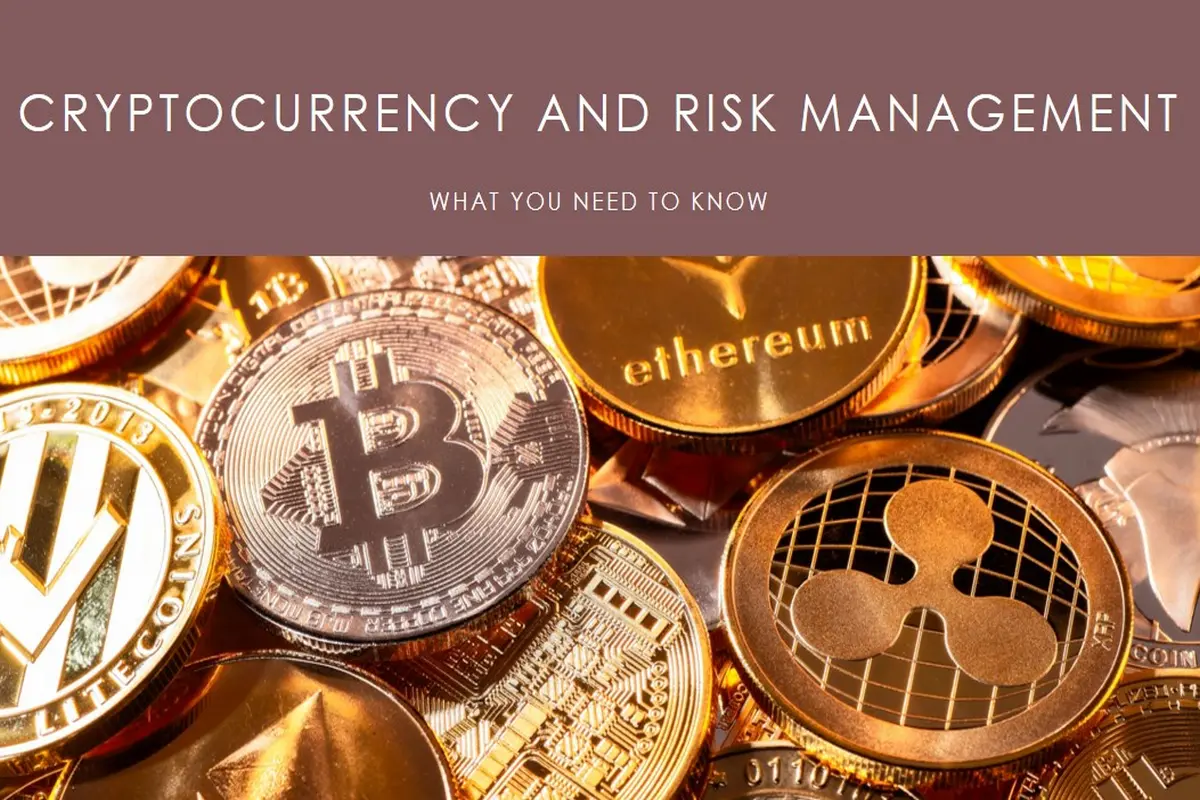Cryptocurrency and online risk management

As the world becomes increasingly digitized, the use of cryptocurrency and other online financial instruments has skyrocketed.
While these technologies offer numerous benefits, they also present new risks that must be managed in order to protect against fraud, scams, and other forms of financial abuse.
In this article, we’ll explore some of the key considerations for managing risk in the cryptocurrency and online world, including best practices for securing your assets, identifying and avoiding scams, and staying up-to-date on the latest threats.
Securing Your Cryptocurrency and Online Accounts
One of the first steps to managing risk in the cryptocurrency and online world is to ensure that your assets and accounts are properly secured. This includes taking steps such as:
- Using strong, unique passwords: It’s essential to use strong, unique passwords for all of your online accounts, including your cryptocurrency wallets and exchanges. Avoid using the same password across multiple accounts, and consider using a password manager to generate and store strong, random passwords for you.
- Enable two-factor authentication: Many online services, including cryptocurrency exchanges and wallets, offer two-factor authentication (2FA) as an additional layer of security. This requires you to provide a second form of authentication, such as a code sent to your phone, in addition to your password when logging in. Enabling 2FA can help protect against unauthorized access to your accounts.
- Use a hardware wallet: If you’re holding a significant amount of cryptocurrency, it’s a good idea to store it in a hardware wallet. These devices, which can be plugged into your computer or mobile device, offer an extra layer of security by storing your private keys offline. This makes it much harder for hackers to access your cryptocurrency.
Identifying and Avoiding Scams
Unfortunately, the cryptocurrency and online world is full of scams and fraudsters looking to take advantage of unsuspecting victims. Some common scams to watch out for include:
- Phishing attacks: In a phishing attack, a scammer will send you an email or message that appears to be from a legitimate source, such as a cryptocurrency exchange or wallet. The message may contain a link that, when clicked, will take you to a fake website designed to steal your login credentials or other sensitive information. Be cautious of any unsolicited emails or messages, and be sure to verify the authenticity of any links before clicking on them.
- Ponzi schemes: A Ponzi scheme is a fraudulent investment scheme in which returns are paid to earlier investors using the investments of more recent investors. These schemes often involve promising unrealistic returns on cryptocurrency investments, and they can collapse quickly, leaving investors with significant losses. Be wary of any investment opportunities that seem too good to be true.
- Fake ICOs: An initial coin offering (ICO) is a fundraising mechanism in which a company issues its own cryptocurrency in exchange for investment. Unfortunately, many fake ICOs have been launched, with scammers taking advantage of the hype around cryptocurrency to raise funds from unsuspecting investors. Be sure to do your due diligence before investing in any ICO, and be cautious of any that seem too good to be true.
Staying Up-to-Date on the Latest Threats
The cryptocurrency and online world is constantly evolving, and new threats are constantly emerging. To stay safe, it’s important to stay up-to-date on the latest threats and best practices for managing risk. Some ways to do this include:
- Follow cybersecurity news: Keep an eye on the latest developments in the world of cybersecurity, including new threats and best practices for protecting yourself online.
- Use reputable security software: Use reputable security software, such as antivirus and firewall software, to help protect your devices from online threats. Be sure to keep this software up-to-date to ensure that you have the latest protection against emerging threats.
- Use reputable exchanges and wallets: When buying or selling cryptocurrency, be sure to use reputable exchanges and wallets. Look for those that have a good track record and a strong reputation in the industry. Avoid using unknown or untested exchanges or wallets, as they may be more vulnerable to scams or other forms of financial abuse.
- Be cautious when sharing personal information: Be cautious when sharing personal information, such as your name, address, or financial information, online. This includes information that you may be asked to provide when signing up for a cryptocurrency exchange or wallet, or when making an investment. Only share personal information with trusted sources, and be sure to verify the authenticity of any website or service before sharing your information.
Conclusion
The world of cryptocurrency and online finance is exciting and full of opportunities, but it’s important to manage the risks associated with these technologies in order to protect yourself and your assets.
By following best practices for securing your accounts, identifying and avoiding scams, and staying up-to-date on the latest threats, you can take control of your online risk management and enjoy the benefits of the digital world with confidence.







